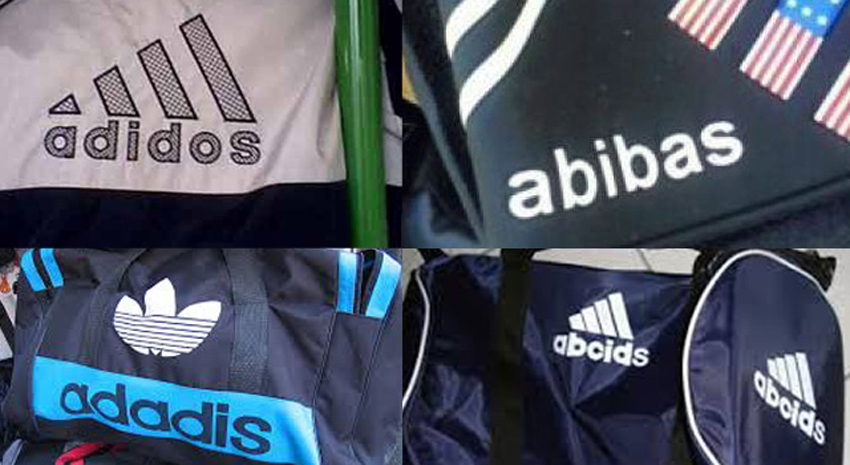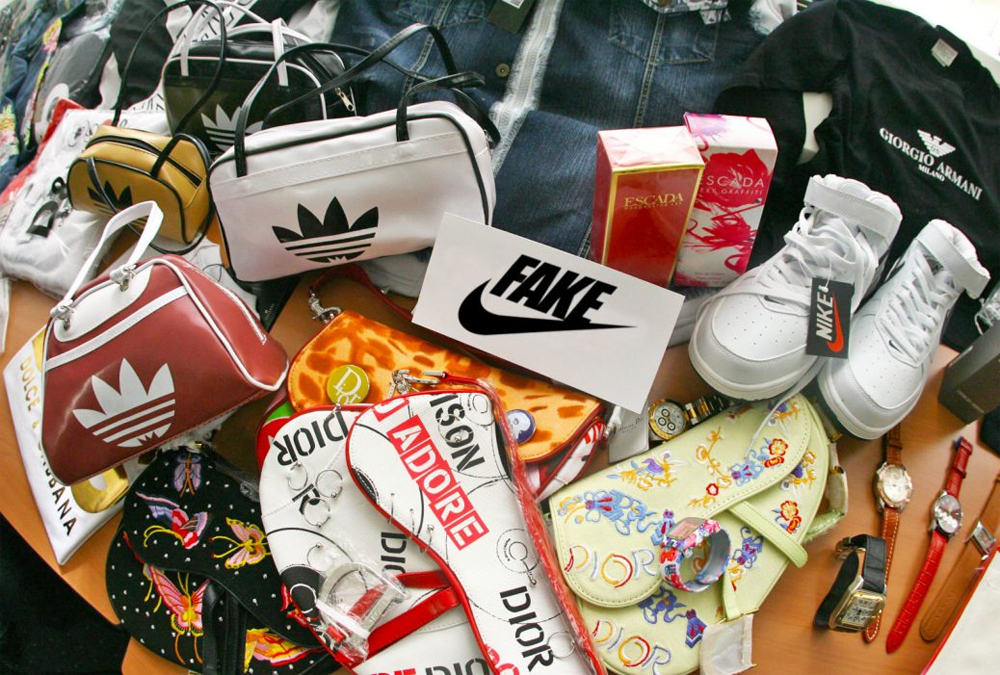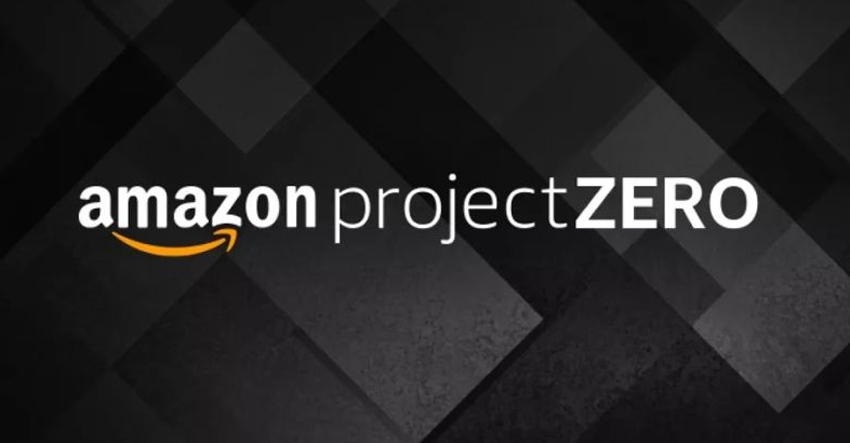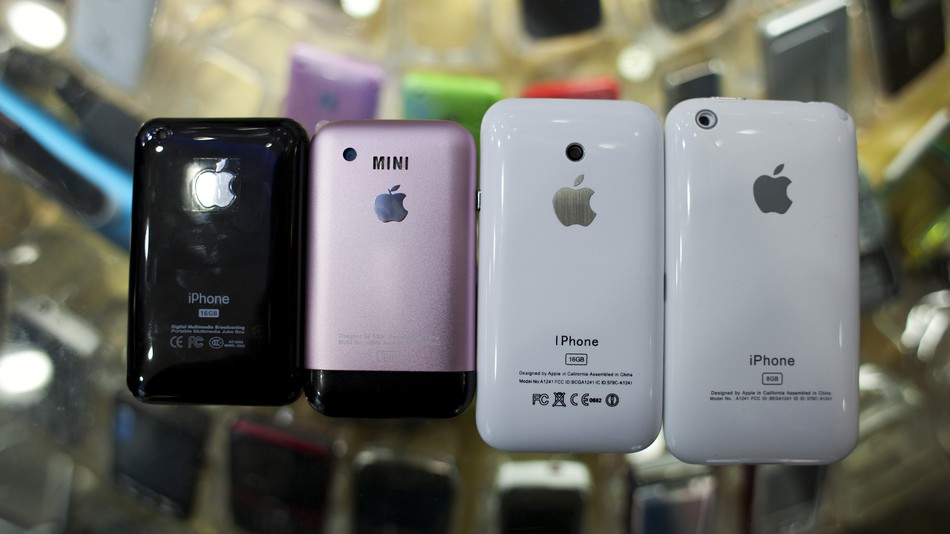Project Zero. How Amazon wants to deal with fakes

In 2016, counterfeit sales reached $ 509 billion, or 3.3% of world trade. The figure, on reflection, is terrible. Every thirtieth product purchased is fake. Back in 2013, the volume of surrogates was 2.5%, in 2010 - 1.8%. The trend is clear. It is expected that by 2022 the fakes will be sold for $ 991 billion. And their total value will exceed $ 2.8 trillion.
The rise of counterfeit goods slows innovation and economic growth. Jobs are lost (by 2022, at least 5.4 million, of which about 870,000 in the United States). Indeed, why develop something of your own, if you can take something successful, copy its appearance, and go to sell it, not investing a penny in R & D. Several Chinese companies thought better of it, and, after years of copying, they decided to create their own products, and became even more successful (at least take the success story of Huawei). But the majority never go to this stage, preferring to receive an easy profit.
Apple products (especially cables, adapters and all ancillary accessories), branded clothing and shoes - every fifth product sold in these categories is a fake. According to Red Point, in the end, 32% of buyers are not at all confident in their purchase.
It is impossible to defeat hundreds of thousands (without exaggeration) of various companies engaged in the production and supply of counterfeit goods. If you were in the tourist areas of Spain, you know how many different varieties of Gucci sell in broad daylight on blankets spread out. And about a thousand and one ways to fake New Balance sneakers in China can be read here . But some companies are trying to fight the plague. StockX , for example, hires professional appraisers, pays them good money, supplies them with equipment — all to ensure that there are no fakes on the site. It takes from ten minutes to half an hour to check one pair of sneakers.

Even with these red circles - even kill me
Amazon came up with another way. It’s physically impossible to spend half an hour researching every product. She posted on the site 650 million different products, mainly just from the most "forged" categories (shoes and clothes - 186 million). Instead, the company introduces artificial intelligence, and combines the efforts of all the most famous brands. So the store expects to reduce the number of fakes to zero.
Amazon counterfeits
Amazon Marketplace - a platform that allows third parties to display their products in the online store - in the 2000s became the main driving force behind the growth of the IT giant's business. It is now valued at $ 250 billion, while the store’s own sales cost $ 120 billion.
Amazon is more than happy with this state of affairs. Jeff Bezos can do nothing, fall off in his chair, put his hands behind his head and watch the money dripping from him. The company receives a minimum of $ 39.99 per month from each seller, plus additional fees for placing goods in stock, shipping from Amazon, appearance of goods in recommendations, and so on. More than 2.5 million independent firms are now selling their products on Amazon, they provide more than half of the sales on the site.
But such a particular business, of course, has its drawbacks. Amazon does not control these sales. And some sellers use this chance to trade counterfeit goods in the main online store of the planet. Often these products are many times cheaper than the originals. So, on the one hand, they are easy to calculate, and on the other, the seller has a chance to sell a good batch until it is revealed. And then, when it is banned, take shape in the Amazon Marketplace under the guise of another person. But there are fakes, which are sold at the price of the original. Here it is more difficult to calculate them, and although there are fewer sales, they can hang in the store for months or even years.

')
Thanks to existing protection systems, this is not a huge problem for the end customer. First, the number of fakes on Amazon is relatively low (less than 2% even in “risky” categories). Secondly, if the buyer discovers that the goods are counterfeit, the money is refunded to him, and the seller is removed from the platform, such a store policy.
But the presence of fakes is a big problem for Amazon itself. She does not want to pay compensation out of her pocket. And some respected brands make claims. Birkenstock sued Amazon because of its sandals. Those were sold on the site at $ 20 cheaper, and then collapsed after the third socks. Mercedes-Benz won the trial because of fake wheel covers. These and other companies (Celine, Dior, Givenchy, Swatch) are now not protesting their products on the site.
Amazon doesn't even argue with them. She also does not like that some scammers fool money from her and those of her clients who did not notice or did not report a fake. Until recently, this was fought "head on." Fakes exposed several algorithms and a couple of hundreds of “sleuths,” the results of which were then checked by experts. Bezos even proudly said that 99% of customers had never visited a page of a fake product. But the time has come for more solid decisions. Otherwise, from all lawsuits will not be repulsed soon.
What is Project Zero
All ingenious is simple. Only famous brands are faked, right? Otherwise, there’s no point in faking and no, it’s just an ordinary low-quality product. And what if brands give you the tools to personally track where counterfeit is. The companies themselves know best their products, and those who have more interest in fighting counterfeit ones can spend more time on this. And helping to identify potential forgeries will be a special new algorithm with machine learning, which gradually distinguishes fake more and more precisely, considering which listings you have blocked before.

And now - the company recently announced Project Zero (“zero” because the final goal is zero fakes on the site). It's funny that earlier Google chose the same name for its project - apparently, IT giants like it very much.
Brands that will participate in the system must provide Amazon with their logos, trademarks, photos / product descriptions, and any other key information about their products. Further, Amazon’s algorithms will scan 5 billion pages every day to identify candidates for fakes. Firms will also be able to send the online store a database with unique codes for each manufactured product. When the product leaves the warehouse, this code will be scanned. If it is suddenly not in the database (or such a code has already been purchased earlier), Amazon will be able to "wrap" the product instead of sending it to customers.
The main goal of the technology, as the company says in its blog , is “to become proactive, not reactive.” Previously, if a brand like Mercedes-Benz found a counterfeit, it had to fill out a report about it, send it to Amazon, wait for a response. If the reaction did not come within a couple of weeks, the brand could give way to nerves. Now - companies can directly remove their products from the site, without asking permission from the store. And for those who still managed to buy these products on the site, a refand can be assigned.

The system is remotely similar to the fight against copyright on YouTube. But Amazon, unlike Google, took several measures to prevent its being abused. First of all, no monetary profit is expected for companies that have “blocked” the product on the site. Even more: they will pay the store. At + $ 0.01- $ 0.05 for each own product that the company will put on the site. Secondly, it is still profitable for brands to have their products sold by anyone. If this is not a fake, it turns out that first the product was still purchased from her. Third, Amazon will check the positions that have removed the company, and can restore them if the seller proves its honesty.
Several small brands have already participated in the testing system. Vera Bradley with her handbags, Thunderworks with pet supplies, Kenu with smartphone accessories, Chom Chom with lint remover. Amazon says it allowed to “proactively” ban up to 100 times more fakes than before it turned out to be “reactive” after receiving complaints from companies.
Two hundred of the largest brands, from Apple to Nike, as well as several smaller but often counterfeited ones, like Sandisk, have already received invites. Small companies can join the waiting list .
What does this mean for buyers
Obviously, reducing the number of fakes. But not only. Forgeries and previously caused only moral damage, the company reimbursed the rest. The main thing is to expand the list of goods sold on the site. On Amazon, you can buy, consider everything. In addition - the most "luxury" brands of clothing and footwear. Branded sneakers, watches, handbags, hats and sunglasses with all known names. Until recently, these brands avoided being placed in the general marketplace in order not to give validity to the fakes. Their strategy was to make the purchase to the maximum go directly from their own site. Even if this part of the audience is lost, the brand name is more important.

What is a real iPhone?
In order to somehow deal with this, before Amazon entered into exclusive partnership agreements with top brands. So on their site appeared separate pages with all Disney , Hugo Boss, Louis Vuitton, Nike , and recently Apple products . Now these somersaults are no longer needed. All brands that consider themselves important will simply be in charge of the content themselves, so that there are no more barriers for them.
And after Amazon tests this system, perhaps it will be adopted by other major online stores, including Chinese ones, where the problem is so serious that the Chinese themselves prefer branded products to take abroad.

Source: https://habr.com/ru/post/446566/
All Articles